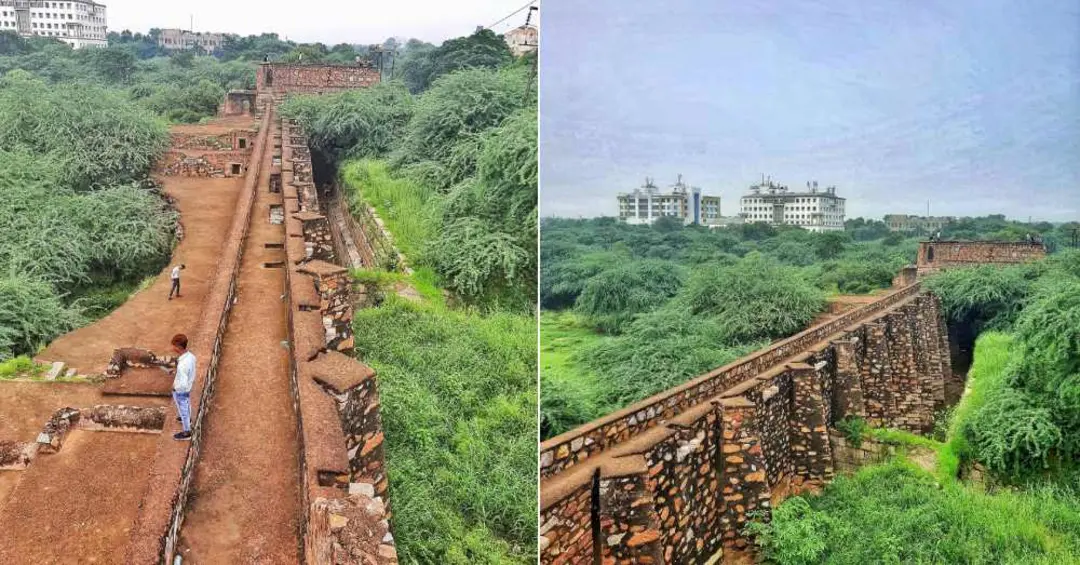Free Courses Sale ends Soon, Get It Now


Free Courses Sale ends Soon, Get It Now



Copyright infringement not intended
Picture Courtesy: https://so.city/delhi/article/explore-the-hidden-gem-called-satpula-bridge-and-thank-us-later-for-it
Context: Historical significance and enduring legacy of the Satpula, a 14th-century dam built by Mohammad Bin Tughlaq in Delhi.
Key Highlights
Cultural Significance
Conservation Efforts
Architectural Marvel
Conclusion
Source:
|
PRACTICE QUESTION Q. Tughlaq architecture often employed innovative materials like red sandstone and ingenious techniques like "batter" (sloping walls) for added strength. However, some argue these innovations were primarily driven by practicality and not necessarily a pursuit of artistic expression. Evaluate this claim. |
© 2024 iasgyan. All right reserved